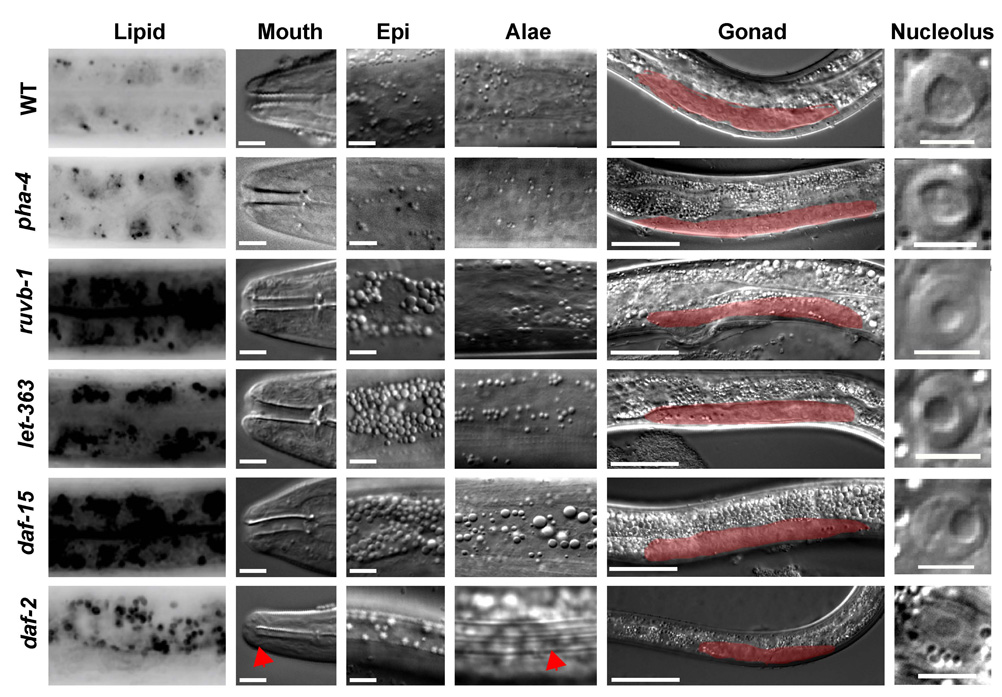Figure 1. Similarity of phenotypes associated with ruvb-1 and CeTOR.
The phenotypes of wild-type (WT), pha-4(RNAi), ruvb-1(px34), let-363(h111)/TOR, daf-15(m81)/Raptor and daf-2(e1370)/insR mutants were compared at the third larval stage (L3). daf-2 mutants were examined as Dauer larvae except for lipid accumulation, which was examined in arrested larvae [60]. pha-4(RNAi) was initiated at the L1 stage and analyzed at the L3 stage. Lipid accumulation was visualized by Nile Red staining [57]. Mouth opening (arrowhead, scale bar=5µm), epidermal granules (Epi, scale bar=5µm), cuticular alae (arrowhead), arrested gonad development (red, scale bar=50µm) and epidermal nucleoli (scale bar=5.12µm) were examined by light microscopy. Larvae were monitored at 20°C except for daf-2, which was temperature-sensitive and therefore examined at 25°.

